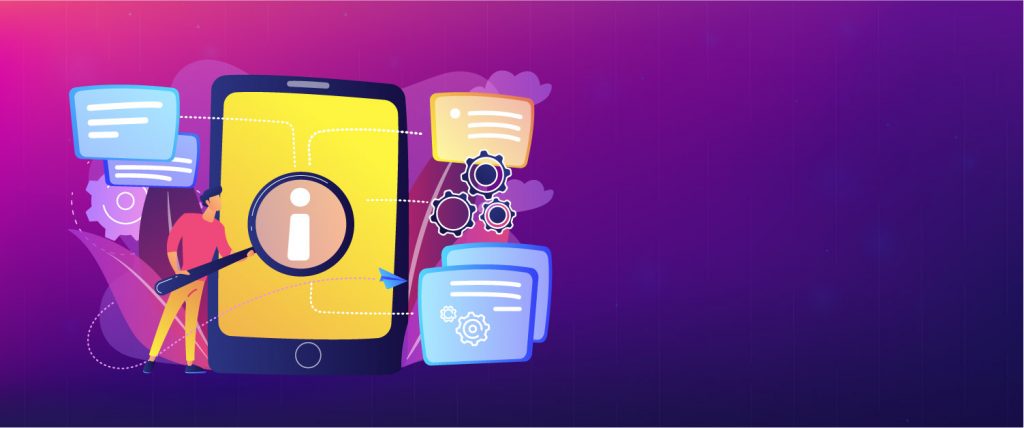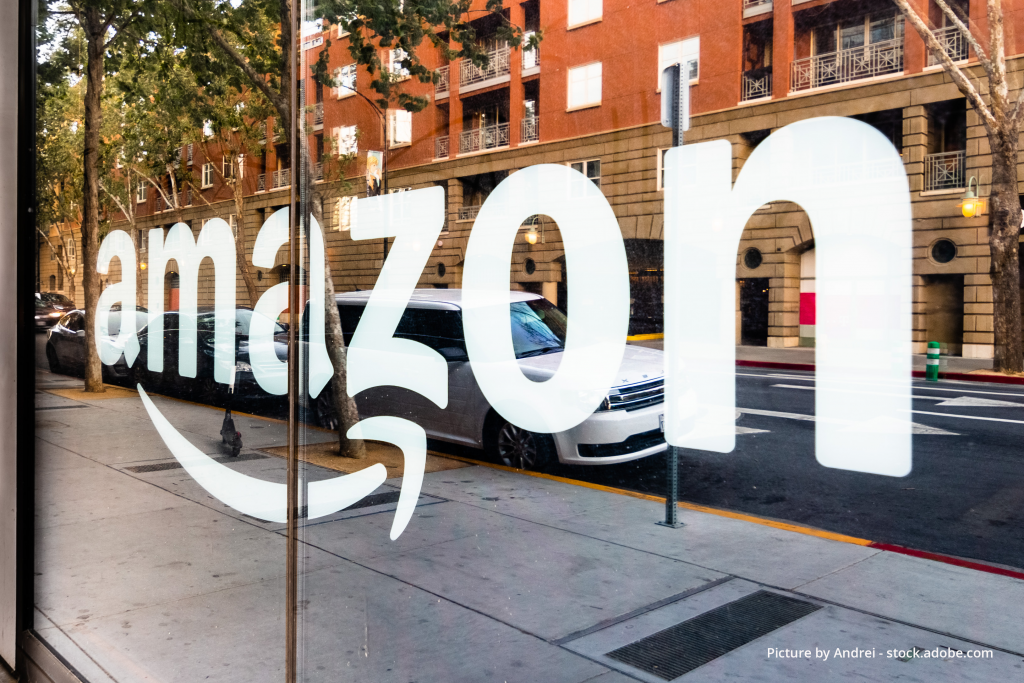Why is it important to know your customer? And what do you do with that information?
When I was growing up, there was a little store on my street that had all the basics you needed. My parents and the store owner had an agreement that allowed me to pick up certain things like milk, cereal, or fruits, while others were limited or not available for me (yup, chocolate and other candy were off limits or came with volume restrictions). My parents would pay in advance or after the fact – that was never an issue. While going there, I learned that the store owner knew about everyone and everything that was going on. The young couple who lived up the street were expecting. The older people walking down the street had a hip replaced or problems with their knees. He knew if you liked special brands, and how much of something you needed at particular times during the week. He knew his customers and because of it, he could customize his offers to his audience and stay in business for decades until he became too old to run the store. All that was at a time when there were cheaper alternatives, like bigger supermarkets, available. But they did not offer the personalized services he did, even if those services came at a (reasonable) premium.
Having worked in marketing for several years now, I realize that this store owner is deeply ingrained into my marketing persona: Build your business around the needs of your customers. Use your knowledge about your customers (customer insights / intelligence) to proactively offer services you know will serve their needs. When in doubt, ask them directly. This is how you build your relationship with them and establish a connection that is beyond discount prices.
But how do you get there?
Just recently, I developed a five step customer intelligence system, that is based on the best practices I have collected over the years. I call it “5 Steps to Achieve Customer Satisfaction.”
Migration – Cover your bases!
How to fix the communication problem between your business & customer
Your Business Success hinges on your Customers’ Success
Step 1: Customer Profile
Build your customer profile spread. Sorry, what?
Not every customer is the same. Remember my story about the store owner? I (and my parents) had different needs than the expecting couple or the older people in the street. The owner knew them and about their situations.
It is called customer segmentation, buyer personas, or user archetypes. All three of the approaches will enable you to know who your customers are – eventually.
What Is a Customer Segment?
A customer segment is a grouped portion of your customers who share some of the same basic descriptions, needs, and values. These could be:
- Geographic (location of residence, work place; as general as hemisphere or country, or as specific as Greenwich Village, NY)
- Demographic (age, income occupation, ethnicity, occupation, education, income, family status)
- Psychographic (values, attitudes, lifestyle)
- Behavioral (brand loyalty, benefits focus, usage rates, patterns, price sensitivities)
- Buyer behavior (loyalty to suppliers / retail locations, usage patterns, order size)
- Customer type (size of family, organization, private / business, industry, position in value chain)
What Are Buyer Personas or User Archetypes?
In short, both personas or archetypes lend the respective segments a face. Either can be used to further narrow down the segments and to identify key types within a segment. Whether you call it a persona or an archetype does not really matter. In my experience, archetypes were always a bit more scientific than personas. But that may just be me.
In any case, creating personas or archetypes is absolutely important if you want to build actionable customer profiles.
Step 2: What Is Your Customers’ Desired Outcome?
This is at the same time a very simple question and a complicated one.
- Why do your customers come to you to buy your product or make use of your services?
- What do they want to achieve by doing so?
- What steps do they take before and after the purchase / acquisition of your services?
- Why didn’t they go somewhere else?
Learning this about your customers will teach you how to improve and enrich the value of what you offer your customers. It will let you know exactly why they chose you over your competition and what you can learn from it.
The term “desired outcome” was coined in the customer success field. Understanding why your customers buy your products or use your services will help you to better support them so they are successful in achieving their objectives.
This can be as simple as buying water so they can ease their thirst.
Or it could be that they buy milk because they want to bake a birthday cake for a loved one. Wouldn’t it be great to know who that loved one is so that you would be able to suggest buying balloons, candles in a certain color, or a funny birthday card? Buying milk in this case was just a means to prepare a nice surprise for someone that is important to your customer. Anything you can do to support that effort increases your customers’ success. It all started with them buying milk.
Step 3: What Is Your Customer’s Experience?
This references your customer’s experience with your business, your brand, your staff, yourself, or your competition. Learning about the satisfaction or dissatisfaction will enable you to improve your service or product based on the intelligence you collect from your customers.
- Does your product work well for them?
- Were they happy with the order or paying process?
- What made them change?Did they feel that your staff treated them well and were attentive and helpful?
- How was their experience with your support or customer care department?
- What didn’t they like about the previous provider / brand they acquired a similar service from?
- What would make them stay?
If you have a unique product, most of those questions may not matter to you because customers have to come to you to get the product. But most products and services have plenty of competitors that are very willing to replace them. As such, it is important to review the services provided in order to learn about the quality of services and product so you can better evaluate your positioning against the competition. Is there a gap to close or is there ground to defend? Improving your own quality almost always leads to more success for your business.
Step 4: Services Gaps, Need for Secondary Products?
Based on the steps before, you should now very much know who your customers are, why they buy what they buy, and what their experience is with you or your product / services.
The next step to true customer satisfaction is the knowledge of how to increase / improve your offering to close any gaps in your product portfolio or service-offering catalogue. What else are your customers buying that they could get from you? How far away is that from your core offering and is it something you could expand your service or product range to? Closing these gaps may not only offer great value to your customers, but it also offers a great opportunity for you to increase your revenue per customer. Upselling your existing customer base is the best and most efficient way to grow your business.
Step 5: Opportunistic Customer to Loyal Brand Recommender
This final step is solely focused on understanding the difference between an opportunistic customer that simply does business with you because you are the only source of a product or service, and those customers who explicitly come to you and recommend you or your product to their network or other interested parties.
Here is an example using the gas stations near where I live. If I have a choice, I drive to one station because they offer great service. I like their staff, and I can check and refill the tire pressure for free. I call it my weekend gas station. The second gas station I only go to when I am in a rush, because they are right on my way to the highway. They are ok, but all I do here is fill up with gas. I don’t like them too much. They are under-staffed, which means I have to wait. Checking / refilling my tires costs $1 and the machine only takes quarters. In short, it is a huge pain in the neck to go there. I probably wouldn’t, if they weren’t positioned so conveniently. Going there usually means I was not able to plan it otherwise or simply missed the fact that the car was low on gas.
I go to the first gas station because they offer me the service I look for with the quality I expect. I am attitudinally loyal to that gas station. The second one, I only go to if I have no other option in that moment. My loyalty to them is more behavioral or situational.
If you would ask me which I recommend, it would clearly be the first one. Understanding those differences are very important. If a third gas station opened along my usual route that was just a little bit more attentive to my needs, I would not go to my secondary gas station anymore. And from what I hear from neighbors, they would do the same. That means that this gas station is very vulnerable to competition. They don’t “own” their customers the way my preferred gas station does. It would take quite a bit to drive me away from them, as I enjoy going there as much as one can for a gas station.
This story is a good example to help you understand the differences in loyalty. Just because customers come to you all the time does not mean that they wouldn’t leave in a heartbeat if a better opportunity presented itself. Customers that are truly loyal to you, based on their attitude towards you, place a value on the relationship they have with your business. This makes them less likely to change to a competitor.
Building this level of customer loyalty takes continuous effort and investment into your relationship with your customer base. But it also greatly contributes to your business’s health and can be utilized to grow your business with that base as well as extend your reach to other potential customers.
Definitely worth the investment.
Thoughts or feedback? Please leave a comment or send me a message!
If you have more questions, feel free to reach out.















